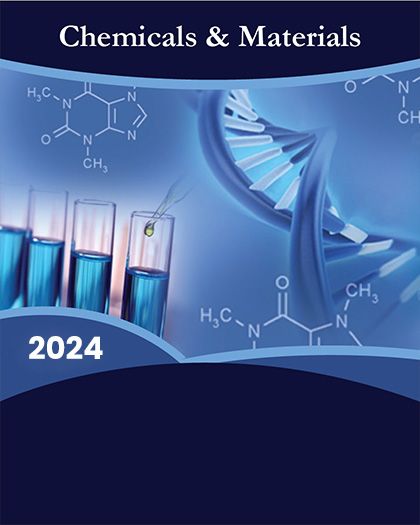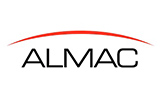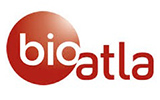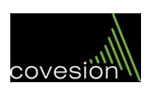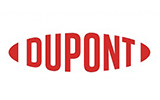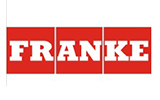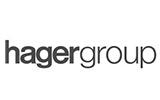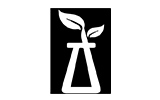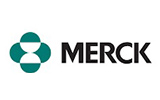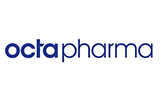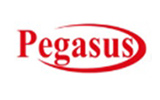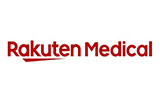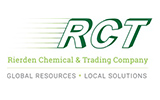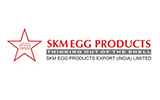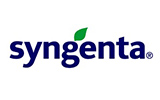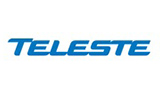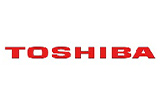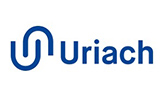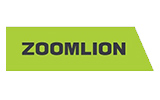
The global technical foam market size was $31.3 billion in 2019, and is projected to reach $50.7 billion by 2027, growing at a CAGR of 6.2% from 2020 to 2027.
Technical foams include foams that are developed for industrial applications such as thermal and noise insulation, laminating, packaging, and sealing. It is made from various polymers and elastomeric blends that mainly include polyurethane, polyethylene, polystyrene, and expanded foam. It can be cut from a block, sheet, and molded foam to create different shapes. It is available in open cell as well as closed cell foams, in a vast range of colors. Technical foams are offered through various parameters such as density, cell count, and hardness. Further, additional properties that include antistatic, conductive, or antimicrobial can be added to the foam. One of the most common applications of technical foams in our daily life includes the reusable packaging inserts made from foam materials such as Polyurethane and Polyethylene.
The global technical foam market is presently driven by various factors such as increase in demand for technical foam from the automotive & transportation sector, rise in demand for acoustic solutions to tackle noise pollution, and a surge in demand for energy efficient buildings. Car seats and door panels made from foams exhibit low density, low heat conduction coefficient, and low water absorption, which makes it suitable for cushioning applications. In addition, technical foams help automotive engineers to design light-weight parts in an effort to improve fuel efficiency. Technical foam solutions offer superior energy absorption and acoustic insulation, thereby, increasing passenger comfort.
Fluctuations in availability and prices of raw material, as well as health risks associated with the use of spray foam restraint the growth of the market. The cost of foams increases with rise in density. In addition, spray foam can have serious health implications as a result of aerosols and dust from the foam. However, this can be prevented by employing professionals for spraying. Further, non-recyclable nature of polymer foams is a major issue for industry players. In addition, surge in concern from government regarding environmental issues from plastics negatively impact the market growth.
Production of bio-based polyols is touted as an emerging opportunity for the global technical foam market. Bio-based foams are produced from renewable resources. Woodbridge and Huntsman are two of the major players offering bio-based foams. Furthermore, advancements in additive manufacturing for polyurethane foam allows the possibility of printing products in customized sizes and shapes for packaging applications; thus, further enhancing the market growth for technical foams during the global technical foam market forecast period.
The technical foam market is segmented on the basis of product form, material, end-use industry, and region. By product form, the market is classified into flexible, rigid, and sprays. By material, it is categorized into elastomeric, polyurethane, polyethylene, and others. The major end-use industries of technical foam market are automotive & transportation, electrical and electronics, building & construction, medical, sporting equipment, packaging, and others. Regionally, the global technical foam market is studied across North America, Europe, Asia-Pacific, and LAMEA.
Some of the major players profiled in the report include Armacell, BASF SE, Covestro AG, Dow Inc., Furukawa Electric Co. Ltd., Huntsman Corporation, Kaneka Corporation, Recticel, Rogers Corporation, SABIC, Sealed Air Corporation, Sekisui Chemical Co. Ltd., Woodbridge Group, and Zotefoams Plc.
Major players have adopted product launch, business expansion, and acquisition to sustain the intense market competition. For instance, in April 2018, Huntsman Corporation acquired Demilec, one of North America's leading manufacturers and distributors of spray polyurethane foam (SPF) insulation systems for $350 million. This helped Huntsman to expand its spray polyurethane foam market across the globe targeting new customer segments.
The global technical foam market report provides in-depth competitive analysis as well as profiles of these major players.
?
1.1. Key benefits for stakeholders
- The report provides extensive qualitative and quantitative analysis of the current trends and future estimations of the global technical foam market from 2019 to 2027 to determine the prevailing opportunities
- The global technical foam market analysis covers in-depth information of major industry participants.
- Porter's five forces analysis helps to analyze the potential of buyers & suppliers and the competitive scenario of the industry for strategy building.
- Major countries have been mapped according to their individual revenue contribution to the regional market.
- The report provides an in-depth analysis of the global technical foam market forecast for the period 2020-2027.
- The key drivers, restraints, and global technical foam market opportunity and their detailed impact analysis is elucidated in the study
?
IMPACT OF COVID-19 ON THE GLOBAL TECHNICAL FOAM MARKET
- The global technical foam market has been severely impacted by the outbreak of COVID-19 across the globe.
- The COVID-19 pandemic disrupted the electronics industry and the entire supply chain, creating shortage of raw material supply. China is a key country for the electronics industry, owing to the presence of almost all the major electronic OEMs and contract manufacturers. The abrupt shutdown of operations due to lockdown hampered the entire electronics ecosystem. Although the situation on the supply side has improved considerably since July, the demand side has shrunk in terms of sales of consumer electronics such as refrigerators and air conditioners.
- The decline in per capita income lead to lower demand for various electronics products and sports, and recreational equipment; thus, negatively impacting the market growth.
- Furthermore, due to extended lockdown, large number of construction projects are on hold or delayed for 6 months. Such changes negatively impacted the sales of foams for various insulation applications.
- Moreover, the upstream and downstream channel have been affected due to restrictions on movement, which lead to increasing the amount of inventories.
1.2. Key market segments
- By Product Form
- Flexible
- Rigid
- Spray
- By Material
- Elastomeric
- Polyurethane
- Polyethylene
- Others
- By End-use Industry
- Automotive & Transportation
- Electrical and Electronics
- Building & Construction
- Medical
- Sporting equipment
- Packaging
- Others
- By Region
- North America
o U.S.
o Canada
o Mexico
- Europe
o Germany
o France
o UK
o Italy
o Rest of Europe
- Asia-Pacific
o China
o India
o Japan
o South Korea
o Rest of Asia-Pacific
- LAMEA
o Brazil
o Saudi Arabia
o South Africa
o Rest of LAMEA
Key players in the global technical foam market are:
1. Armacell
2. BASF SE
3. Covestro AG
4. Dow Inc.
5. Furukawa Electric Co. Ltd.
6. Huntsman Corporation
7. Kaneka Corporation
8. Recticel
9. Rogers Corporation
10. SABIC
11. Sealed Air Corporation
12. Sekisui Chemical Co. Ltd.
13. Woodbridge Group
14. Zotefoams Plc

